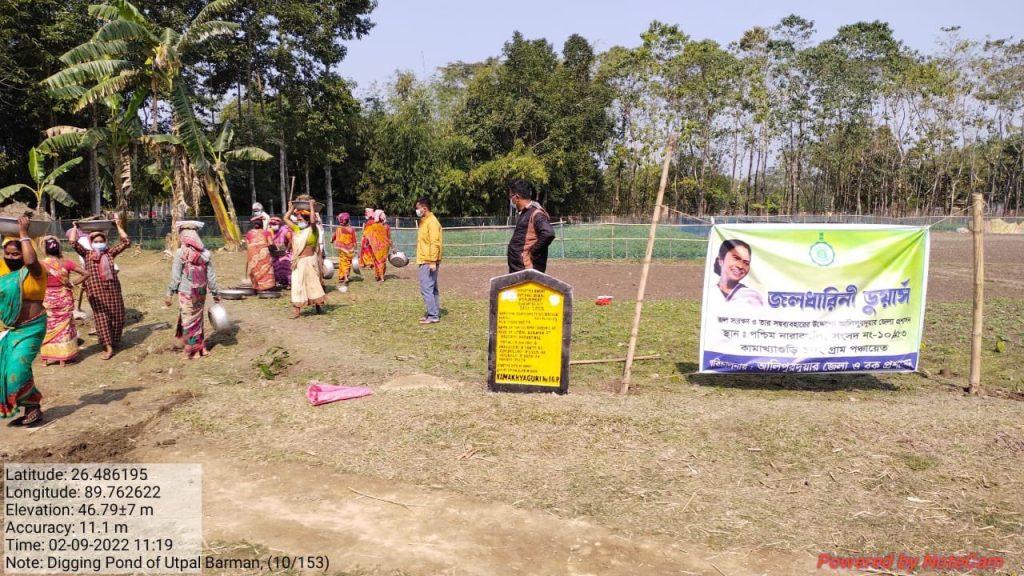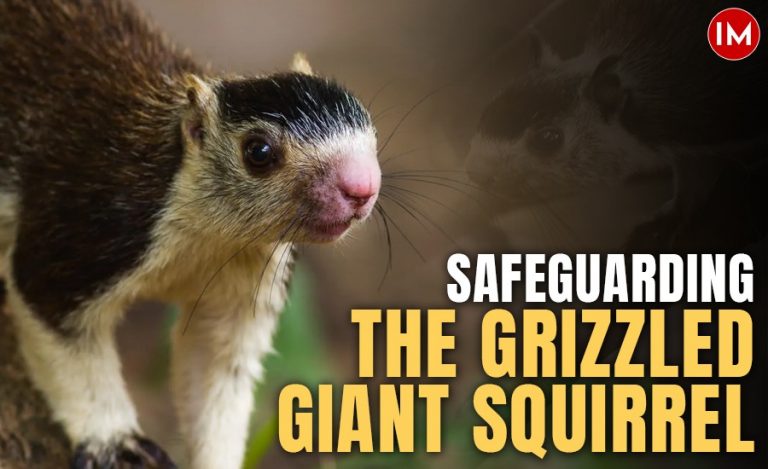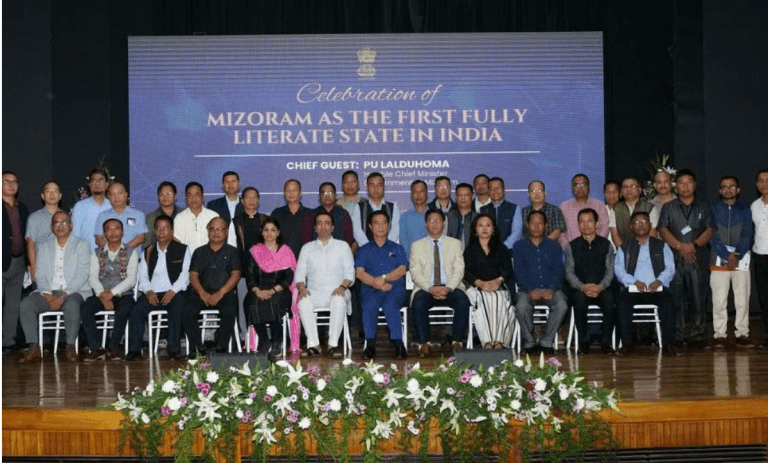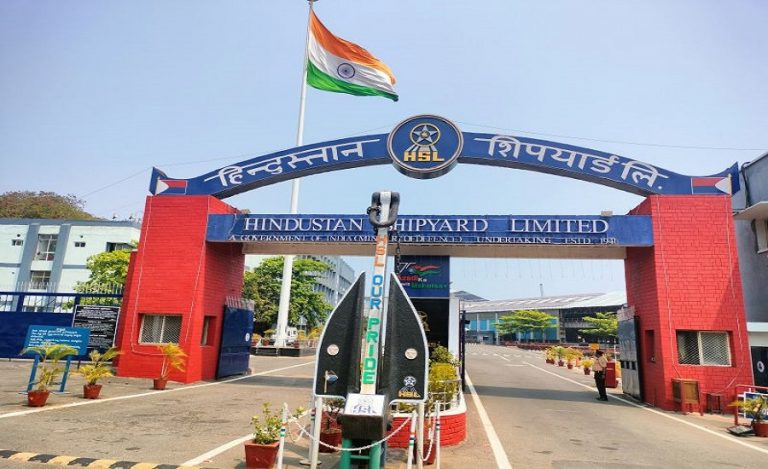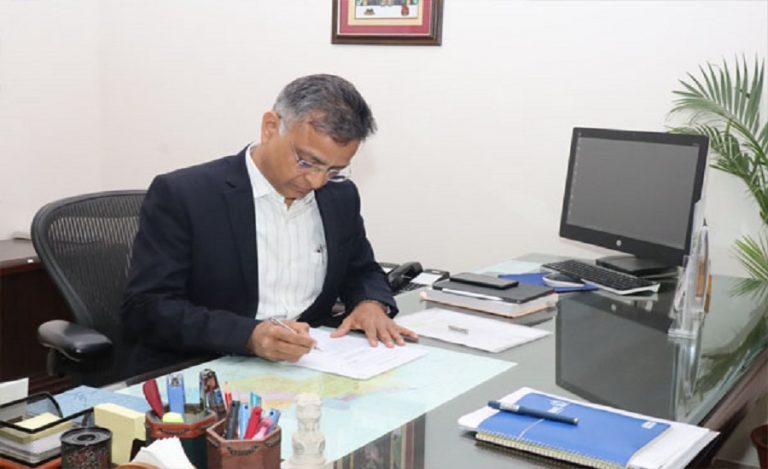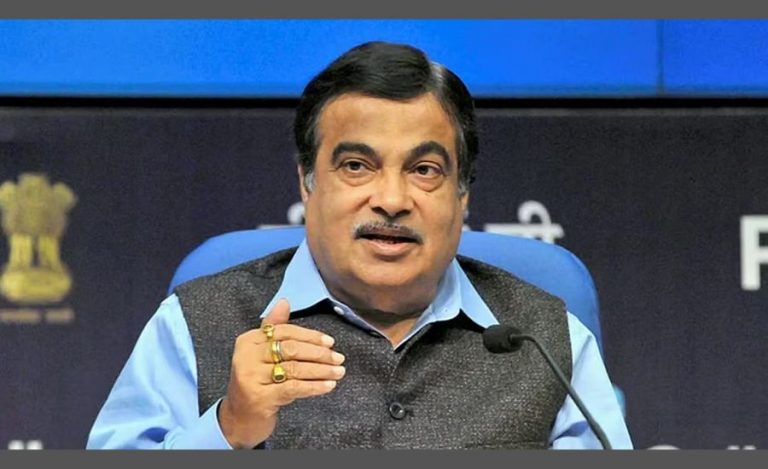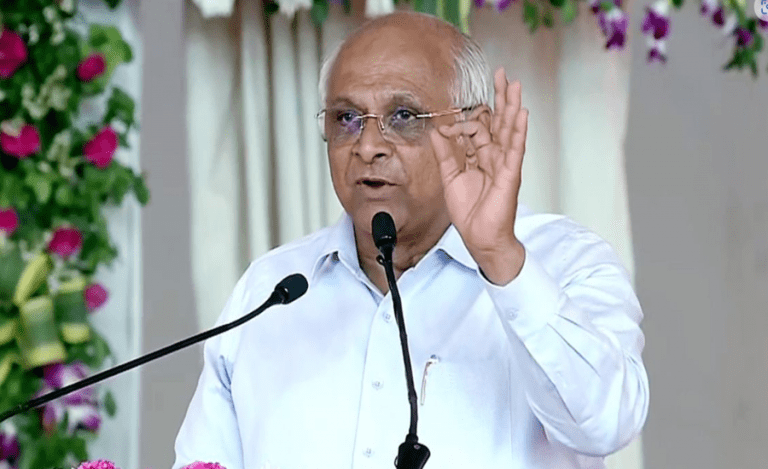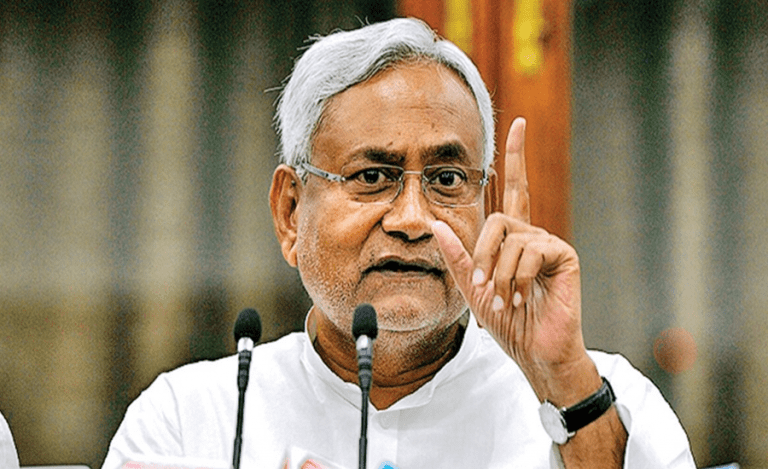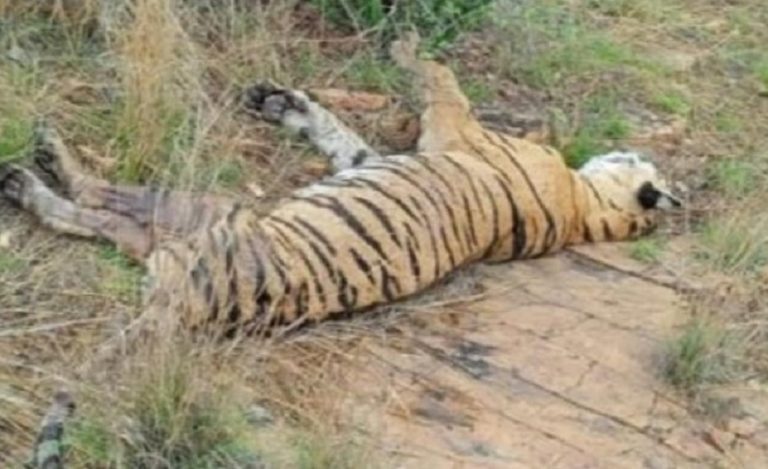While groundwater resources and rivers have always been the focus of policy makers in India to fight water crisis, water bodies are usually overlooked. The lakes, ponds, tanks, baolis and other such natural or man-made sources of water have been supplying drinking water for domestic needs and agriculture through the ages. Recognizing the significance of such old water bodies, the Alipurduar district administration has taken up a major water conservation project named as ‘Jaladharini Dooars’, through which, moribund water bodies will be rejuvenated. So far, 240 (53 community ponds and 187 farm ponds) water bodies have been excavated in phases under MGNREGA.
Indian Masterminds spoke to District Magistrate of Alipuduar, 2011-batch IAS officer,Mr. Surendra Kumar Meena, and found out more details about the project.
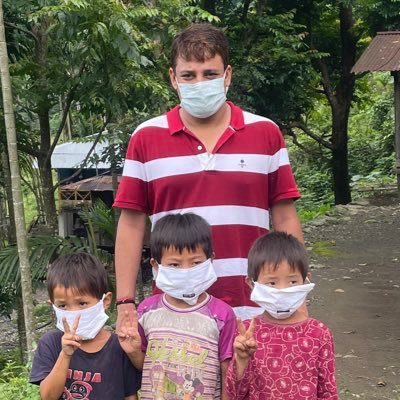
THE SCOPE
The Jaladharini schemes are being taken up with a total cost of Rs.906.80 lakhs wherein 3,98,753 mandays will be generated. About 30,000 to 35,000 persons will benefit from this noble initiative. With excavation and rejuvenation of water bodies being taken up on such a large scale, water resources are naturally going to increase in the district.
THE NAME
The Dooars region of North Bengal falls along the outer Himalayan foothills and is lined with tea gardens and wildlife parks. ‘Jaladharini’ means a land which preserves water. ‘Jaladharini Dooars’ is the name given to the project to highlight its one-point agenda: to conserve water. The project was initiated by Chief Minister Mamata Banerjee herself.
WATER CONSERVATION IN THE NAME OF “ JALADHARINI DOOARS”-PHASE-II
— Surendra Kumar Meena , IAS (@iSurendraMeena) February 9, 2022
Keeping in mind the shortage of water bodies in the District for agriculture and other purposes, the District Administration have come up with the noble idea of excavating large number of pond many water bodies. pic.twitter.com/ZeVRKN52Qb
THE TARGET
Talking to Indian Masterminds, District Magistrate of Alipuduar, Mr. Surendra Kumar Meena said, “We have been facing water scarcity for long and the water level has gone down, too. So, we decided to excavate a large number of water bodies. A special programme was held in every block on 9Februaryto excavate 240 pondsunder Jaladharini Dooars project to meet the demands of water supply for agriculture, horticulture, pisciculture, and for the general public during the dry season.”
He added that there are a large number of derelict water bodies, which are in urgent need of excavation. The rejuvenation of these water bodies is the prime target of the Project Jaladharini.

BIO-DIVERSITY PARK
One more achievement of the administration is the restoration of the Biswakarma Jhora (water body), also known locally as Padma Pukur, and its subsequent development into a bio-diversity park. It has already started attracting many avian visitors such as Cormorants, Lesser Whistling Ducks, and River Lapwings.
Another derelict pond nearby is being excavated as an extension of Biswakarma Jhora, and will be converted to Matsya Abhay Ashram, wherein species of indigenous fish of Dooars will be reared for ex-situ conservation. The district administration is also planning take up bee keeping at the site.
The restoration work of Biswakarma Jhora, spread across 20 bighas of land, through MGNREGA has generated livelihood opportunities for the people residing in the periphery of the Biswakarma Jhora, as well.

